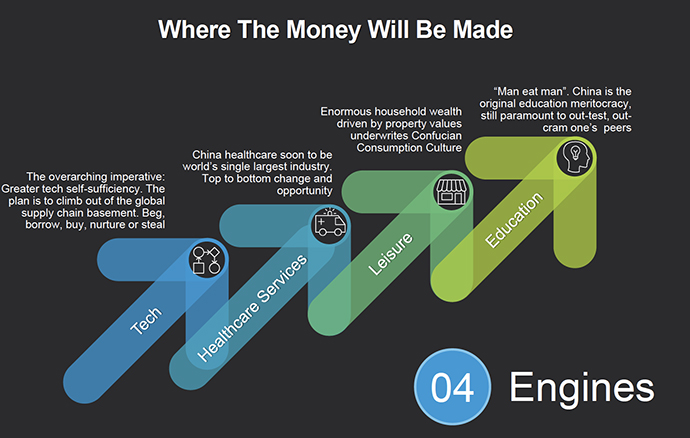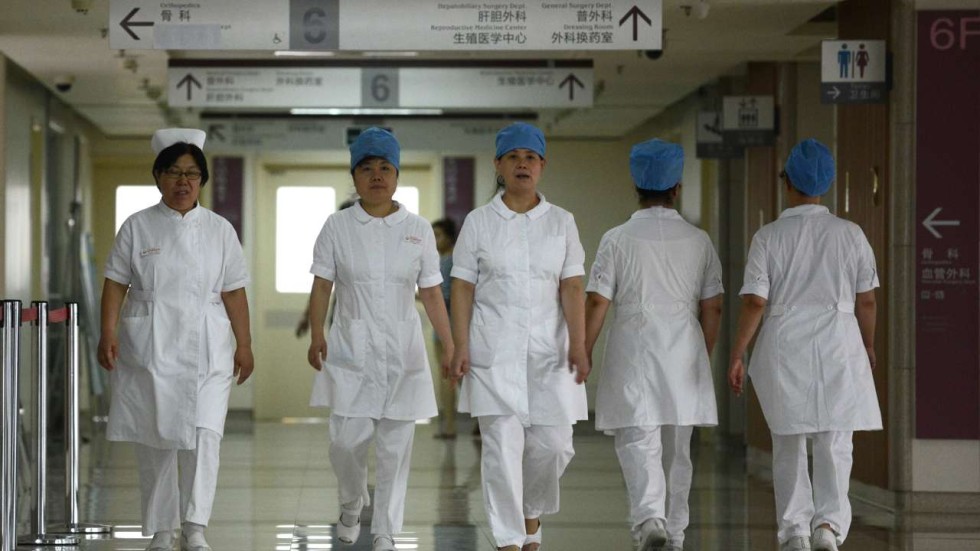
–
–


—
—
Global consumer companies trying to find a business model for China’s burgeoning domestic market will be watching closely as one of the oldest Western brands in the country starts a new strategy.
Yum! Brands Inc., which opened its first KFC restaurant in China in 1987 and also operates Pizza Hut outlets, has been losing market share thanks to a food-safety scare, changing tastes, increasing local competition and a host of other challenges that foreign companies face in China. It carved out its China operations into a separate company, Yum China Holdings Inc., which begins trading today in New York.
Ring-fencing the business, the largest independent restaurant company in China with 7,000 outlets and more than $900 million cash on hand, offers Yum a number of advantages in dealing with a fast-changing market. Yum’s example could provide a road map for other global consumer brands in the world’s most populous nation.
Yum China has issued 386 million shares at $24.36, which puts its valuation at around $9 billion, according to New Jersey-based research firm Edge Consulting Group LLC. The stock rose about 2 percent to $24.85 as of 9:59 a.m. in New York, while Yum Brands gained 0.7 percent to $62.49.
“When their China operations get so big and are clearly catering just to the China market, splitting off could unlock a lot of value for shareholders,†said Shaun Rein, Shanghai-based managing director of China Market Research Group. “If I were an activist hedge fund investor, I would be looking at carving out brands within large conglomerates that are China plays.â€
Doing so allows Yum’s management of the China business to tailor its operations and products more swiftly to changing local conditions, such as the menu preferences of diners in different parts of the country, mobile-based payments systems, hiring and other factors.

It also helps tap Chinese investors willing to pay high premiums for a stake of an international brand’s China operations. Yum sold a combined $460 million stake in its Chinese business to Primavera Capital Group and an Alibaba Group Holding Ltd. affiliate, Ant Financial Services Group, in September.
In recent years, Yum has ceded market share to local competitors because it was slow to react to market changes, said Rein.
“They didn’t make corporate decisions quickly enough, such as in adopting mobile payments, or adapting to consumers wanting more premium offerings,†Rein said. “Their ability to deal with the more complex environment here was held back by the lack of knowledge, the slowness of the U.S.â€
Localization of offerings at KFC and Pizza Hut outlets in China will be an important component of the firm’s strategy for the country, Yum China Chief Executive Officer Micky Pant said at a briefing Tuesday in Shanghai. The company plans to increase investment in new outlets across its brands and does not plan to raise more capital, he said.
An activist hedge fund investor upset with the company’s handling of its China business is how Yum China came into being.
After a food-safety scandal in 2014 and cheaper local competition torpedoed Yum’s sales and profit in China, Corvex Management founder Keith Meister in mid-2015 urged the company to split off its Chinese operations — which contribute about half the group sales — saying that the move could generate an additional $16 a share in value for the Louisville, Kentucky-based company.
Yum’s total share of China’s market for fast-food chains dropped to 30 percent last year, from 40 percent in 2012, according to data from Euromonitor International. While sales have been growing again in China in the mid-single digits since late last year, the company has suffered from consumers shifting to healthier options and domestic chains sprouting up with more variety.
Volatility Reduction
Unlike Yum’s U.S. operations, where most of its restaurants are run by franchisees, Yum China directly operates over 90 percent of its outlets and plans to triple the number to more than 20,000 in the long term.
Yum’s spinoff would reduce volatility for its remaining business, while “giving investors with a higher risk tolerance access to a more pure-play China growth story,†said Jonathan Morgan, an analyst for Edge Consulting. “China’s economic slowdown could induce other U.S.-listed restaurant stocks to spin off their China businesses, to protect their core businesses.â€
So far, companies with China consumer arms have often chosen instead to sell the division to a local competitor and take a stake in that business instead.
Wal-Mart Stores Inc. in June sold its e-commerce platform Yihaodian to China’s second-largest e-commerce company, JD.com Inc., for a 5 percent stake in JD. In August, Uber Technologies Inc. surrendered after a year-and-a-half battle with Didi Chuxing and agreed to sell its business in China. It departed the country in exchange for $1 billion in cash and a 17.7 percent stake in Didi.
McDonald’s Corp., meanwhile, is seeking to sell its 20-year mass franchise rights for China and Hong Kong for a reported $2 billion.
Starbucks Corp. is the only other major U.S.-listed food and beverage chain in China beside Yum, which owns and operates its outlets, numbering 2,400 stores across 110 cities.
China, Starbucks’ largest international market, represents the most significant opportunity for the company, said a company representative. The company has no intention to change its operation model in the market, according to the spokesperson.
Jackpot Valuations
“What we’ve seen across various industries is that foreign players eventually pull out or find a local partner,†said Hong Kong-based S&P Global Ratings’ restaurant and retail analyst Shalynn Teo. “It’s the local market knowledge and local relationships that determine which foreign businesses survive in China, and local players will always have an edge.â€
With Chinese investors paying a premium for market share, such deals can prove attractive, said Peter Fuhrman, CEO of Shenzhen-based investment bank and advisory firm China First Capital. “As long as Chinese investors are offering jackpot valuations,
Those that don’t face the need to tailor their businesses to China’s widely diverse and morphing consumer market. Only from March this year did KFCs in China began accepting WeChat Pay; they started accepting Alipay mobile payments in July last year. Yet the country leads the world in the use of such transactions, with four out of 10 Chinese consumers using mobile payments at physical stores, research firm EMarketer estimated.
Starbucks stores in China still do not accept Alipay or WeChat, only Apple Pay, a decision which costs them 5 to 10 percent of sales, estimates China Market Research Group’s Rein.
Starbucks launched its own mobile payment system in China in July, allowing customers to pay with preloaded Starbucks Gift Cards via their mobile devices, according to the company.
As China’s consumer market continues to grow, more overseas companies may consider following Yum down the path of segregation.
“Four out of 10 spinoffs do not generate a return in the first year of separation,†said Edge Consulting’s Morgan. “How Yum China performs will help U.S.-listed companies evaluate their strategic options in China.â€
Â
http://www.bloomberg.com/news/articles/2016-10-31/yum-s-spinoff-offers-roadmap-for-western-brands-in-china-market
–






























